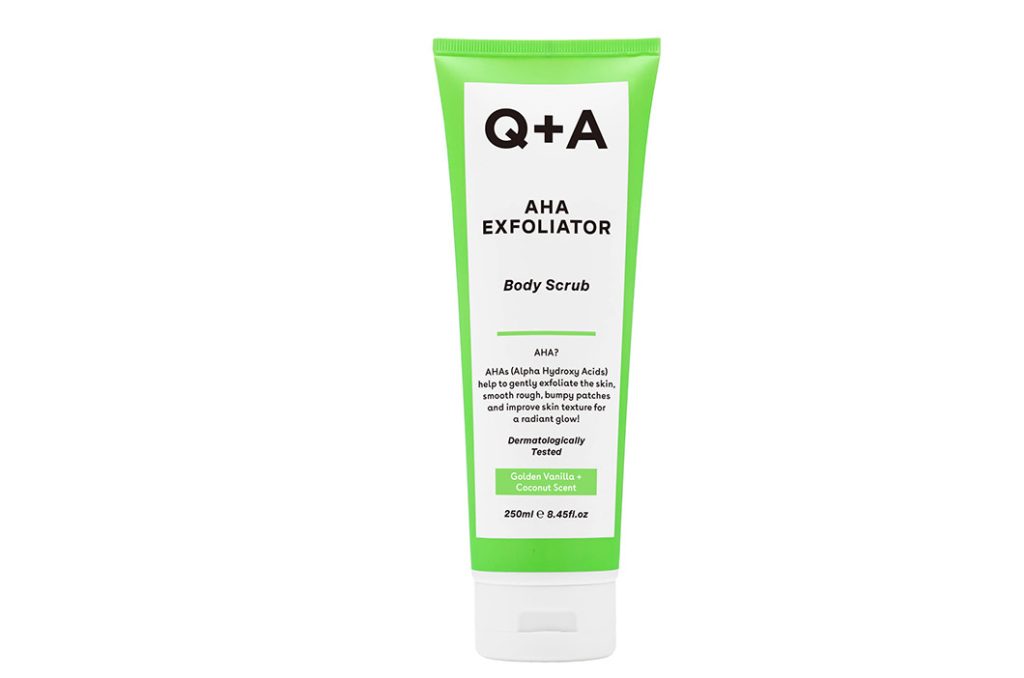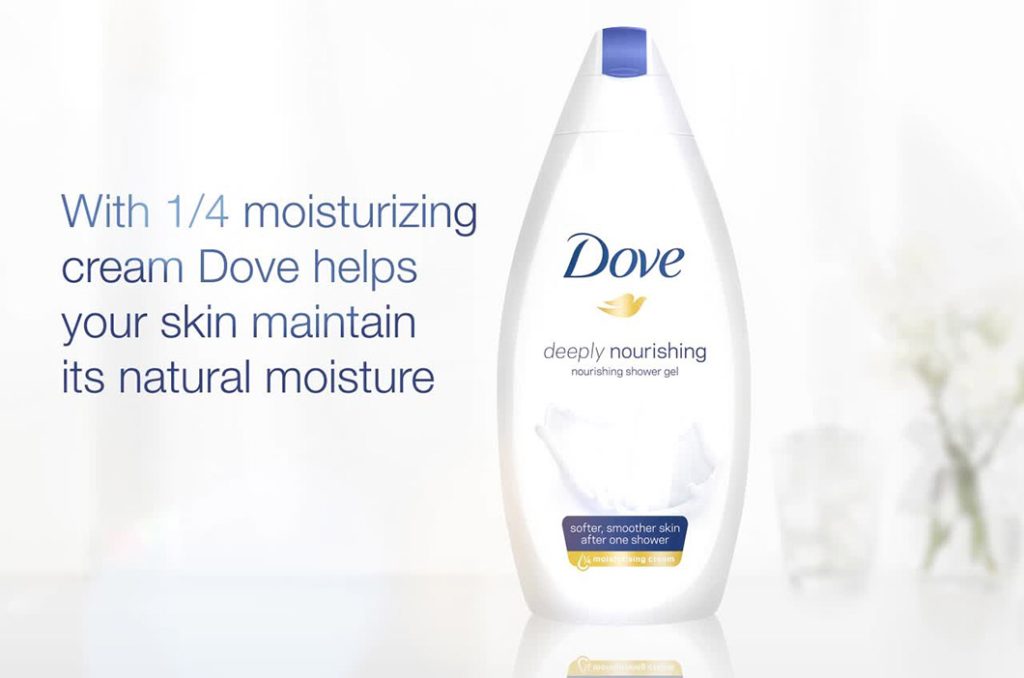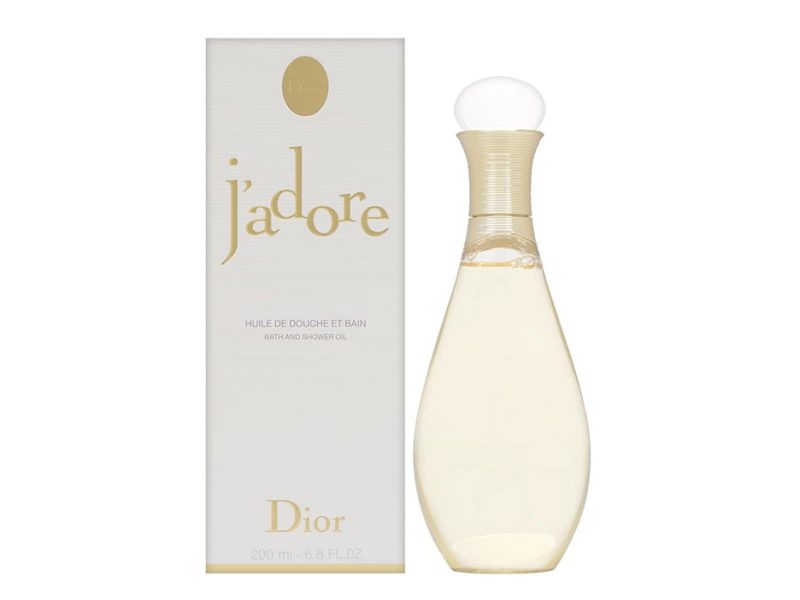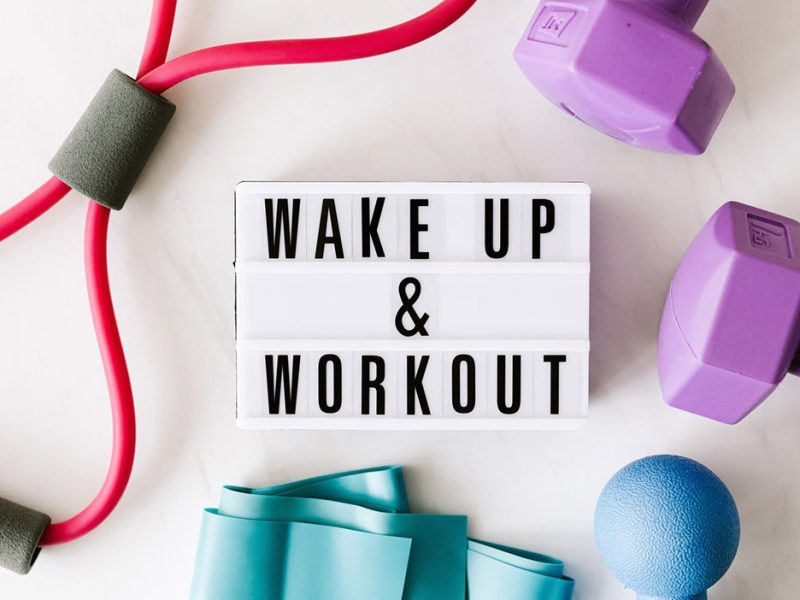Maintaining your body’s health and appearance involves a simple yet effective routine that can make a significant difference. By incorporating these three key steps—cleansing, exfoliating, and hydrating—you can ensure your skin remains healthy, radiant, and resilient. Let’s delve deeper into each step and explore how to optimize your body care routine.
Fashion Inspiration, Effortlessly Yours!
Want to create everyday looks like a fashion photoshoot? Don’t hesitate, join our trendy fashion army now and be the first to grab the hottest fashion items! From street style to high street fashion, we’ve handpicked the latest and most popular pieces for you from top brands like Dorothy Perkins , Dansko , ST Frock , gb.ecco , and Burton.
Hot-selling Items:
Dorothy Perkins Fashionable Trench Coat: A must-have for fall and winter, keeping you warm without losing style.
ST Frock Unique Shirts: From business to casual, one piece covers all occasions.
Burton Men’s Slim-fit Suit: Simple yet sophisticated, perfect for business meetings and formal events, showcasing your professionalism and taste.
Burton Premium Knit Sweater: A fall/winter essential, soft and skin-friendly, creating a warm yet stylish look for men.
Dansko Trendy Sneakers: The perfect blend of comfort and style, effortlessly matching various outfits.
Fashion Footwear: From Dorothy Perkins ' classic pointed heels to comfy white sneakers, and gb.ecco's stylish leather shoes, every step is on the cutting edge of fashion.
Long-lasting Matte Foundation: Lightweight and breathable for all-day wear, delivering a flawless, natural complexion.
Volumizing Mascara: Instantly enlarges your eyes, with defined lashes and no smudging!
Moisturizing Lipstick Collection: Rich color with a smooth texture, keeping lips soft and glossy all day.
Latest Global Arrivals: New items every day, always keeping up with fashion trends from top brands!
Quality Assurance: Where fashion meets comfort, making every piece a classic.
1. Cleansing Your Skin Thoroughly
Cleansing is a fundamental step in any skincare routine, serving as the basis for maintaining healthy, radiant skin. It helps to remove the buildup of sweat, oils, and impurities that accumulate throughout the day and can contribute to clogged pores and dullness. Here’s a detailed guide to optimizing your cleansing routine:
Choosing the Right Cleanser
Understand Your Skin Type:
- Dry Skin: Opt for a hydrating or cream-based cleanser. Ingredients like hyaluronic acid, glycerin, and ceramides are excellent as they help to attract and retain moisture. These cleansers are typically free from harsh surfactants that can strip the skin of essential oils.
- Oily or Acne-Prone Skin: Use a gel-based or foaming cleanser with active ingredients like salicylic acid, benzoyl peroxide, or tea tree oil. These ingredients help to control excess oil, reduce acne-causing bacteria, and prevent breakouts. Ensure that the cleanser is non-comedogenic (won’t clog pores).
- Sensitive Skin: Choose a gentle, fragrance-free cleanser that contains soothing ingredients like chamomile, aloe vera, or oat extract. These are less likely to irritate or cause allergic reactions.
Formulation Considerations:
- pH Balance: Look for a cleanser with a pH close to the skin’s natural level (around 5.5). This helps maintain the skin’s protective barrier and prevent irritation.
- Additives: Be cautious of added fragrances or dyes, which can cause sensitivity or allergic reactions. Opt for products with minimal and natural ingredients.
Application Technique
Prepare Your Skin:
- Water Temperature: Use lukewarm water to wet your skin. Hot water can strip the skin of its natural oils and cause irritation, while cold water may not effectively open pores for thorough cleansing.
- Pre-Cleansing: If you wear makeup or sunscreen, consider using a pre-cleanser or micellar water to remove these products before applying your main cleanser.
Cleansing Process:
- Application: Apply a small amount of cleanser to your fingertips. Gently massage it onto your skin using circular motions. This technique helps to lift and remove impurities and also promotes blood circulation.
- Duration: Spend about 30 seconds to 1 minute massaging the cleanser into your skin. Avoid scrubbing too hard, as this can cause micro-tears and irritation.
Rinsing:
- Thorough Rinsing: Rinse your face thoroughly with lukewarm water to ensure that no cleanser residue remains. Residual cleanser can lead to dryness and irritation.
- Drying: Pat your skin dry with a clean, soft towel. Avoid rubbing, as this can irritate the skin. Use separate towels for your face and body to reduce the risk of bacterial transfer.
Additional Tips
Cleansing Tools:
- Facial Cleansing Brush: A cleansing brush can provide a deeper clean by reaching into pores and removing more impurities. Choose a brush with soft, gentle bristles and ensure it’s cleaned regularly to prevent bacterial growth.
- Konjac Sponge: This natural sponge is great for exfoliating and gently cleansing the skin. It’s soft and suitable for sensitive skin. Rinse and dry the sponge thoroughly after each use to keep it hygienic.
Frequency:
- Daily Cleansing: Aim to cleanse your skin twice a day—morning and night. This helps to remove overnight buildup and prepare your skin for the day ahead, as well as removing daily impurities and makeup.
- Post-Workout Cleansing: If you exercise or sweat heavily, it’s beneficial to cleanse your skin after your workout. Sweat can mix with makeup and sebum, leading to clogged pores and breakouts.
Avoid Over-Cleansing:
- Balance: Over-cleansing can strip the skin of its natural oils, leading to dryness and irritation. Stick to a twice-daily routine unless you have a specific reason to cleanse more frequently.
- Product Rotation: If you notice signs of irritation or sensitivity, consider rotating your cleanser or switching to a milder formula.
Hydration:
- Post-Cleanse: Follow up with a toner, serum, or moisturizer to replenish hydration and support your skin’s barrier function. Cleansing removes oils and impurities but can also strip moisture, so hydrating products are essential for maintaining a balanced complexion.

2. Exfoliating for Smooth and Refined Skin
Exfoliation helps slough off dead skin cells, which can accumulate and lead to a rough texture and dull appearance. It also improves blood circulation and helps your skin absorb other products more effectively.
- Types of Exfoliators:
- Physical Exfoliators: These contain small granules or particles that physically remove dead skin cells. Choose a scrub with fine particles to avoid damaging your skin. For sensitive skin, opt for a scrub with gentle exfoliating beads or use a soft washcloth.
- Chemical Exfoliators: These contain ingredients like alpha-hydroxy acids (AHAs) or beta-hydroxy acids (BHAs) that dissolve dead skin cells. AHAs are ideal for dry or sun-damaged skin, while BHAs are better for oily or acne-prone skin.
- How to Apply: Apply exfoliator to damp skin and gently massage in circular motions. Avoid applying too much pressure to prevent irritation. Focus on areas prone to roughness or buildup, such as elbows, knees, and heels.
- Frequency: Exfoliate 1-2 times per week. Over-exfoliating can lead to irritation and sensitivity, so adjust the frequency based on your skin’s response. Consider using a different exfoliator for your body compared to your face, as facial skin is more delicate.
- Additional Tips: Post-exfoliation, your skin may be more sensitive to the sun. Apply sunscreen regularly to protect your freshly exfoliated skin from UV damage. Also, ensure that you follow up with a good moisturizer to keep your skin hydrated and smooth.
3. Hydrating and Nourishing Your Skin Deeply
Hydration is essential for maintaining your skin’s moisture balance and elasticity. Proper hydration not only makes your skin feel soft and supple but also helps it look radiant and healthy.
- Choosing the Right Moisturizer:
- For Dry Skin: Look for rich creams or body butters containing ingredients like shea butter, cocoa butter, or oils such as jojoba or almond oil. These provide intense hydration and help repair the skin’s barrier.
- For Oily Skin: Opt for lightweight, non-comedogenic lotions or gels containing ingredients like aloe vera, hyaluronic acid, or glycerin. These provide hydration without adding excess oil.
- Application Technique: Apply moisturizer immediately after exfoliating or showering while your skin is still slightly damp. This helps lock in moisture and enhances absorption. Use gentle, upward strokes to apply the product evenly across your body.
- Additional Tips: Consider using a body oil or serum in addition to your regular moisturizer, especially during colder months or if your skin feels particularly dry. For added benefits, look for products containing antioxidants like vitamin C or E to help protect your skin from environmental damage.
- Frequency: Moisturize daily, ideally after every shower or bath, and whenever your skin feels dry. During the summer, you might need a lighter formula, while in the winter, a richer moisturizer may be necessary.

By incorporating these three essential steps—cleansing, exfoliating, and hydrating—you can establish a comprehensive body care routine that enhances your skin’s health and appearance. Tailor each step to your individual skin type and needs, and enjoy the process of nurturing your body with quality products and practices. Your skin will benefit from a radiant, healthy glow and increased resilience to daily environmental stressors.



